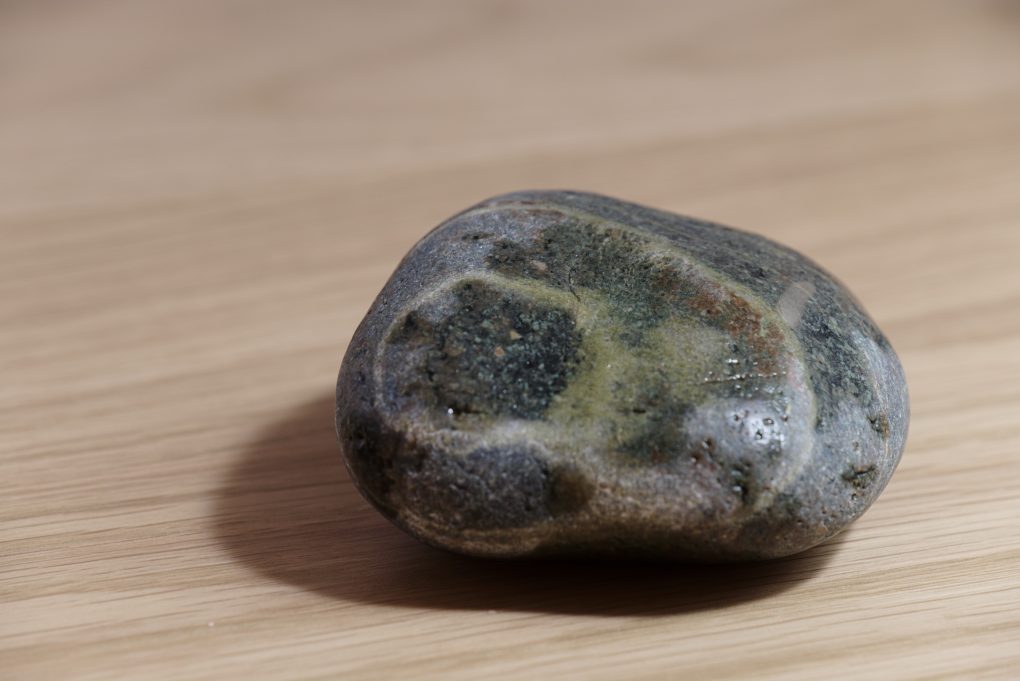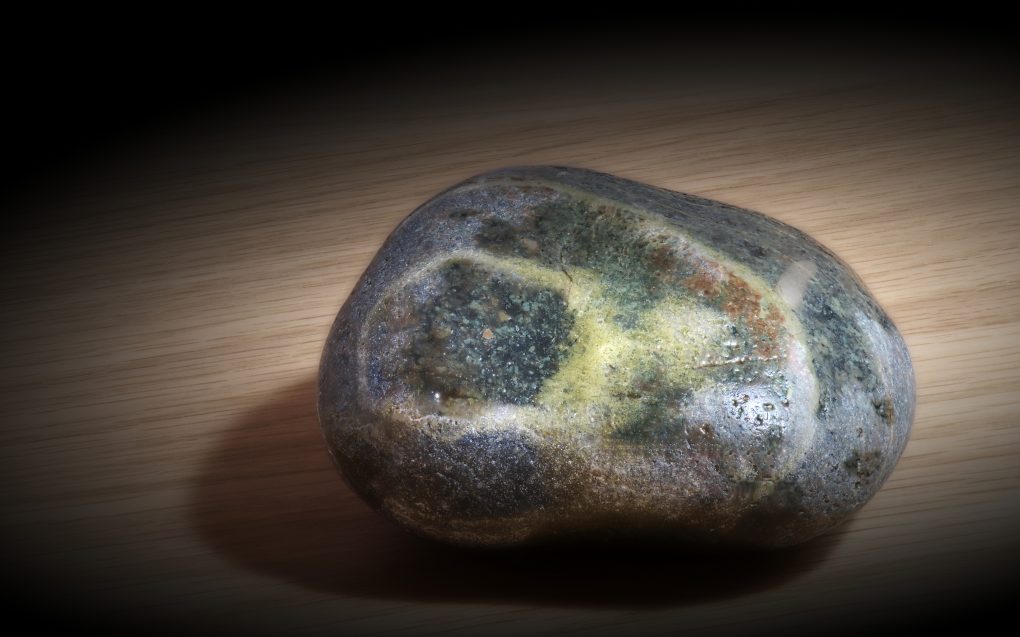For years I’ve been a fan of superresolution – taking multiple images of a scene with subtle sub-pixel shifts and upscaling before blending to give a greater resolution photo than any one source.
One of the features I used occasionally on the Pentax K-1 was its pixel-shift, whereby the sensor moved four times around a 1px square; this gives an improved pixel-level resolution and full chroma detail at each point.
Having exchanged that for the Fuji X-H1, I still look to perform super-resolution one way or another. Hand-held HDR always works – in this case even better than either the K-1 or the X-T20 because the X-H1 permits 5 or 7 frames per bracket at ±2/3EV each, which is ideal.
But I thought I’d experiment with a different approach: focus-stacking. This way, the camera racks the focus from foreground to background in many fine steps. Keeping the focal-length the same, the effective zoom changes subtly between successive images. Essentially, where hand-held HDR varies the position stochastically in an X-Y plane, focus-stacking means pixels from the source frames track a predictable radial line in the superresolved image.
The X-H1 has focus-bracketing but leaves the blending up to the user in post. That’s OK.
First, an overview of the scene:

Scene overview: Fuji X-H1, 18-135mm lens at 127mm, f/8 narrow DoF
The X-H1 made 50 frames, focussing progressively from front to back. These were blended using enfuse:
time align_image_stack -a /tmp/aligned_ -d -i -x -y -z -C [A-Z]*.{tif,tiff,jpg,JPG,png}
time enfuse -o "fused_$base" /tmp/aligned_* -d 16 -l 29 --hard-mask --saturation-weight=0 --entropy-weight=0.4 --contrast-weight=1 --exposure-weight=0 --gray-projector=l-star --contrast-edge-scale=0.3
The results are a little strange to behold – while the effective DoF is much increased (the distant wood texture is clear) the rock detail is quite soft; I suspect some of the above numbers need tweaking.
However, with a bit of work – both enhancing the local contrast and using in-painting to tidy up the rock itself – a pleasant image emerges:

The final polished result: banded rock on wood, Fuji X-H1
A definite improvement. I may have to use it in my landscape work a bit 🙂

